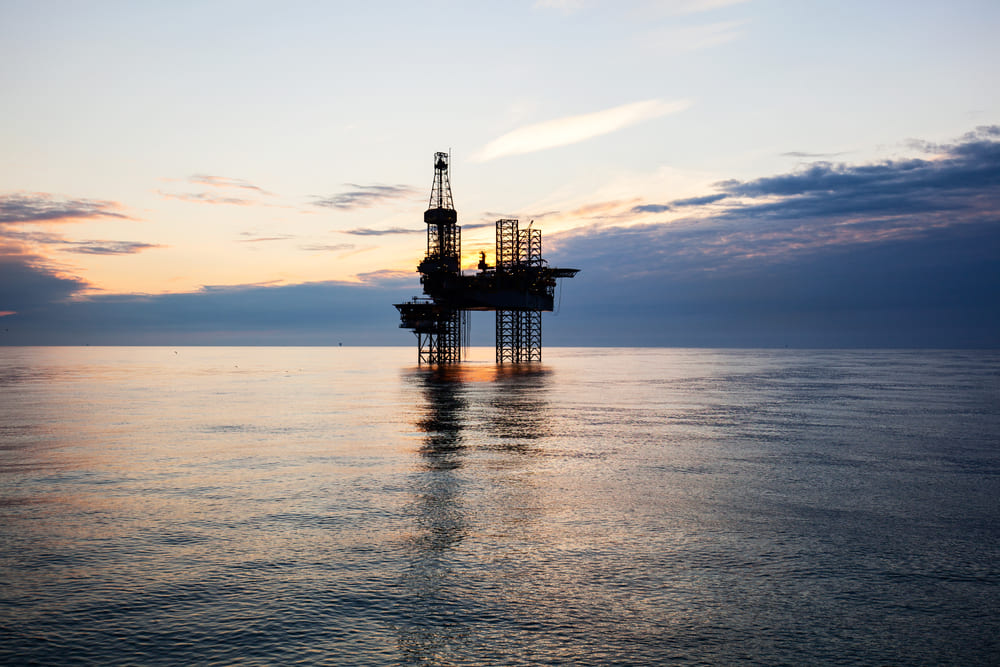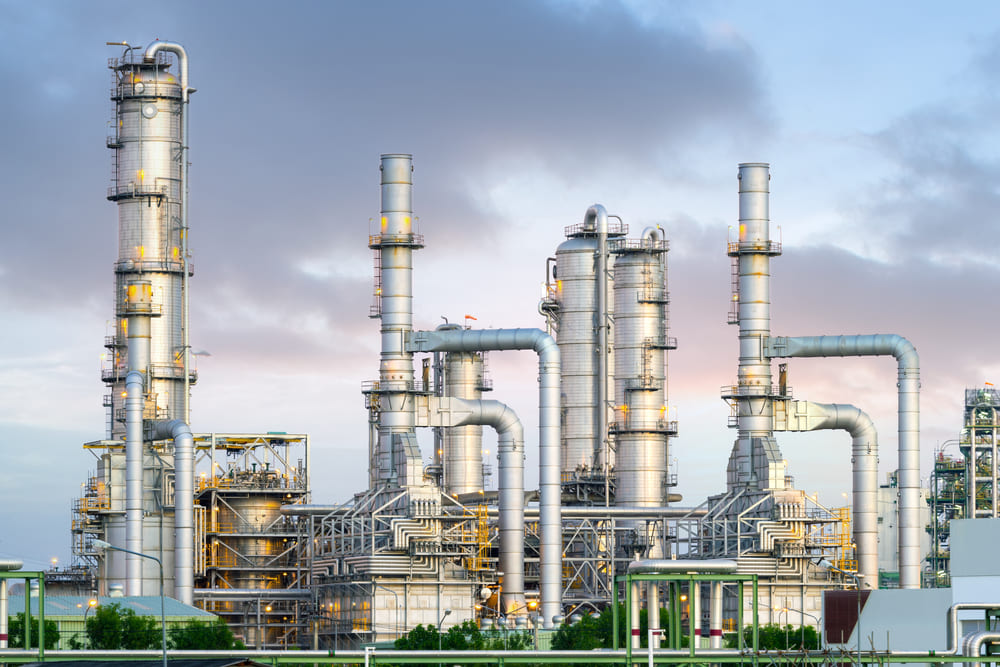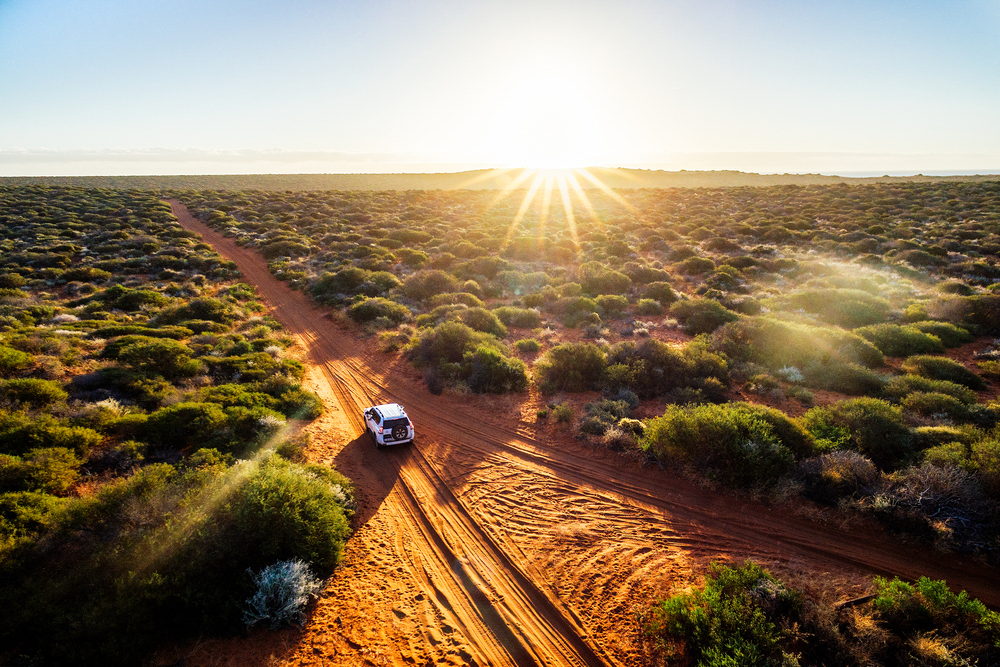
The energy transition is expected to be a major driver of the future of Australia’s upstream mergers and acquisitions (M&A), says global energy research and consultancy group, Wood Mackenzie (Wood Mac).
The double whammy of the oil price crash in March and impact from the coronavirus (COVID-19) pandemic have sharpened upstream operators’ strategies and highlighted the need for portfolios to be robust through the cycles.
In Australia, this means a lot of assets have already been put on the market – up to US$10 billion – and a lot more are on the way.
Wood Mac has identified three key drivers for this re-shaping of the corporate landscape.
In the short term, renewed emphasis on portfolio rationalisation and deleveraging balance sheets is pushing non-core assets onto the market.
The third driver, the energy transition, is a longer-term factor, but it could have the most impact of them all.
Together, these three factors could propel a further US$17 billion of assets into Australia’s upstream M&A market, not including the US$10 billion of asset sales already announced.
Wood Mackenzie senior analyst David Low said: “The goals of most upstream operators are getting simpler: squeeze maximum value from existing operations, and divest mature, non-core, onstream low-margin and/or carbon-intensive assets where possible.”
The Australasia market is on the frontline of the biggest issues currently confronting the upstream industry, as it has a range of late-life, high carbon and marginal assets, all struggling to attract capital.
The increased scrutiny on carbon emissions is transforming the upstream corporate landscape. The European majors have set the tone, with ambitions to restructure portfolios that are more resilient to future change, and with new business priorities and goals, including net-zero carbon ambitions.
“A lighter upstream carbon footprint is essential to achieving this goal,” Low said.
“The majors’ Australasian portfolios are up to two times more carbon-intensive compared to their global average. If energy transition targets are to be hit, this means more upstream M&A activity in the region.”

BP, Total and Shell all hold Australian liquified natural gas (LNG) assets with high carbon footprints, alongside ambitious goals to increase their global LNG portfolios.
What will be more important – hitting growth targets or emission goals? The two do not seem mutually compatible, and Australia is on the frontline.
With opportunities abound, Wood Mac has identified four buyer types – infrastructure funds and utilities, institutional investors and private equity, domestic buyers, and regional buyers.
But this range of buyers does not mean it will be easy to transact in this market, Low said.
“One of the biggest challenges we see is price discovery. Asset prices have unsurprisingly trended down post-crash, albeit with far less overall deal-flow. The implied long-term oil price within recent transactions is around US$50 per barrel of oil price equivalent (boe), down from around US$60/boe in 2019.”
“The majors have also emphasised that there will be ‘no fire-sales’ and if internal asset valuations are not met, they simply will not sell.”
But is there a Plan B for unwanted and/or mature assets? It is highly unlikely valuations will increase as production depletes and the industry progresses further on the energy transition journey. Wood Mac suggests that the next 12 months should offer many clues as to which route companies choose – to be price setters or price takers.
Despite M&A hurdles, the corporate landscape is set for significant change, the global energy research and consultancy group adds.
The good news is that there is a diverse range of buyers out there in the market, and Australia represents a politically stable OECD country, which facilitates investment from a wide range of institutional investors.
Low added: “We have reached a turning point, with new players poised to enter and many of the upstream pioneers of the region under pressure to re-shape portfolios. The question now is, how fast will this transformation happen?”








